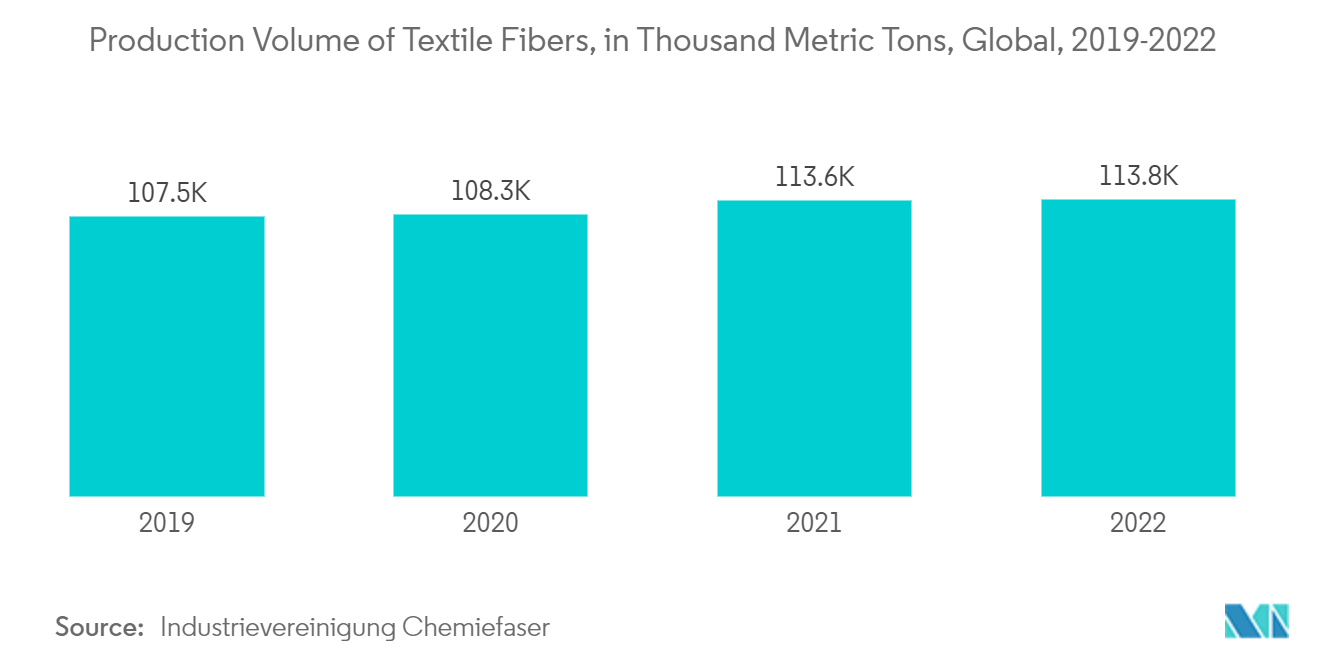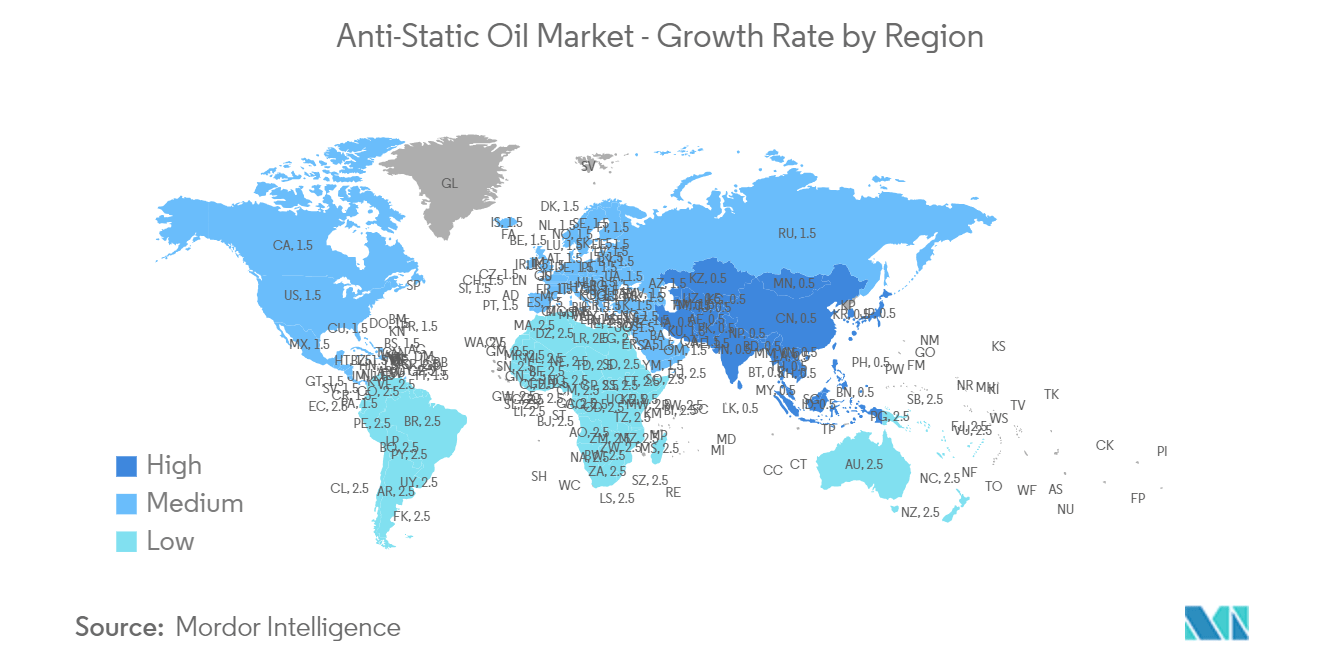Market Trends of Anti-Static Oil Industry
Growing Use of Electronic Industry
- Weaving is the process of creating fabric by interlacing two sets of yarns, typically using hand- or power-operated looms.
- Power-operated looms are machinery designed to maintain tension on warp threads, facilitating the interweaving of weft threads.
- Woven fabrics consist of multiple threads arranged on a warp and a weft, with the weaving process involving three primary motions: shedding, picking, and beating up or battening.
- Anti-static oil is applied in power-operated looms to lubricate and smooth yarn, reducing hairiness and eliminating static electricity. This application minimizes friction between yarns and metal, enhancing loom efficiency during textile production.
- According to the National Council of Textile Organization (NCTO), the United States ranks as the world's third-largest exporter of textiles. With over 8,000 textile products supplied to the US military, the US textile industry reached USD 65.8 billion in shipments in 2022. Moreover, the US leads in textile research and development.
- Meanwhile, the European Union (EU) remains a prominent global producer of textiles and apparel. According to the European Commission as of March 2022, the EU's textiles sector, with a turnover of around EUR 162 billion (USD 179 billion) and a workforce of 1.5 million, presents significant opportunities for investment and innovation.
- In response to competition, the textiles and clothing (T&C) industry in Europe has shifted towards high-value-added (HVAC) products.
- Considering these factors, the demand for anti-static products is expected to rise during the forecast period.

Asia-Pacific Region to Dominate the Market
- Asia-Pacific dominated the global market owing to the increasing demand from countries such as China, India, and Vietnam.
- In 2022, the National Bureau of Statistics of China reported a total of 13,618 textile, apparel, and accessories manufacturing enterprises above the designated size. It indicates an increase of 450 enterprises compared to 2021, thereby contributing to the growth of the anti-static oil market.
- According to the National Bureau of Statistics of China's 2022 findings, the number of textile, apparel, and accessories manufacturing enterprises exceeding the designated size reached 13,618, marking an upsurge of 450 enterprises compared to the previous year.
- Statistics from the National Bureau of Statistics reveal that textile production in China during January and February 2023 amounted to 5 billion meters, signifying an uptick from December 2022's output of 3.47 billion meters.
- The General Administration of Customs of China documented that China's textile and apparel exports in 2022 exceeded USD 300 billion, reflecting a 2.5% year-on-year uptick, as indicated in their data.
- As per reports from the Indian Brand Equity Foundation, India's textile and apparel exports (inclusive of handicrafts) totaled USD 21.15 billion between April 2023 and October 2023, with projections foreseeing the industry's potential to attain USD 190 billion by 2025-26.
- All the factors above, in turn, are expected to increase the demand for anti-static oil consumption in the region during the forecast period.

